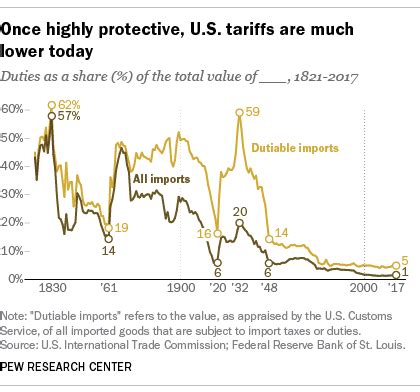Amidst the hustle and bustle of Southeast Asia, a storm was brewing in the form of tariffs imposed by the United States. The region, known for its vibrant markets and bustling trade routes, found itself at a crossroads as these tariffs threatened to disrupt its economic stability.
As news of the impending talks with US President Trump spread like wildfire across Southeast Asian nations, a sense of anticipation mixed with apprehension clouded the air. Leaders and trade officials scrambled to devise strategies and agendas to navigate through these uncertain times.
Trade Wars Take Toll
The impact of US tariffs on Southeast Asia had been nothing short of significant. From plummeting export figures to rising production costs, businesses across various sectors were feeling the heat. As one industry expert put it, “These tariffs have created a ripple effect that is being felt far and wide.”
In Vietnam, known for its booming garment industry, manufacturers were already starting to feel the pinch. With a significant portion of their products bound for American shores, any disruption in trade relations could spell disaster for their bottom line.
Preparing for Negotiations
With negotiations on the horizon, leaders from countries like Thailand, Malaysia, and Indonesia huddled together to form a united front. The goal was clear – to protect their economies and ensure fair treatment amidst escalating tensions.
Experts weighed in on the situation, pointing out that unity among Southeast Asian nations would be crucial in dealing with an unpredictable administration in Washington. “Strength lies in solidarity,” remarked one economist. “If they can present a cohesive stance during negotiations, they stand a better chance at securing favorable terms.”
The Human Cost
Beyond just numbers on spreadsheets and economic forecasts lay the human cost of these trade disputes. Workers worried about job security, families fretted over financial stability, and communities braced themselves for potential upheaval.
In Thailand’s agricultural heartlands, farmers expressed concerns over losing access to key markets if trade relations soured further. For many rural families whose livelihoods depended on exports, each negotiation round carried immense weight.
A Path Forward
Despite the challenges ahead, there remained a glimmer of hope among Southeast Asian nations. As they geared up to engage with President Trump and his administration at the negotiating table, there was an underlying sense of resilience and determination.
Experts advised caution tempered with optimism as these countries navigated through uncharted waters. “Adaptability will be key,” highlighted one analyst. “Being open to exploring new avenues while safeguarding core interests will be crucial in forging ahead.”
As Southeast Asia braced itself for what lay ahead in the realm of international trade negotiations, one thing was certain – unity would be their strongest asset against turbulent tides threatening their economic shores.



Leave feedback about this